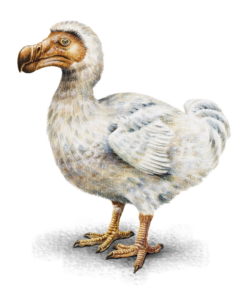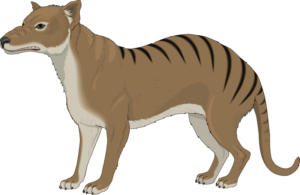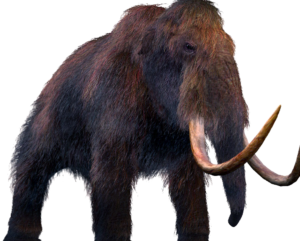Featuring...
...and many more

Animal extinction is a sobering reality of our planet's history that reminds us of the delicate balance of life on Earth. It occurs when a species no longer exists, either locally or globally.
The permanent loss of a species can be due to various factors, including habitat destruction, pollution, overhunting, and climate change.
While extinction is a natural phenomenon, the current rate at which species are disappearing far exceeds natural levels, primarily due to human activities.

The loss of a single species can have far-reaching consequences, affecting entire ecosystems and disrupting vital ecological processes.
From the extinction of iconic creatures like the dodo and the woolly mammoth to the ongoing decline of species such as the black rhinoceros and the Amur leopard, the impact of human actions on biodiversity is undeniable.
This loss of biodiversity not only diminishes the richness of life on Earth but also disrupts ecosystems, affecting everything from food chains to climate regulation.

Despite the bleak outlook, conservation efforts offer hope for many endangered species, demonstrating that with collective action and awareness, we can strive to protect vulnerable wildlife and prevent further extinctions.
Understanding the causes and consequences of animal extinction is crucial in raising awareness and inspiring action to preserve our planet's precious biodiversity for future generations.
By protecting endangered species and their habitats, we can work together to create a more sustainable future for all living beings and preserve the rich tapestry of life on our planet.




